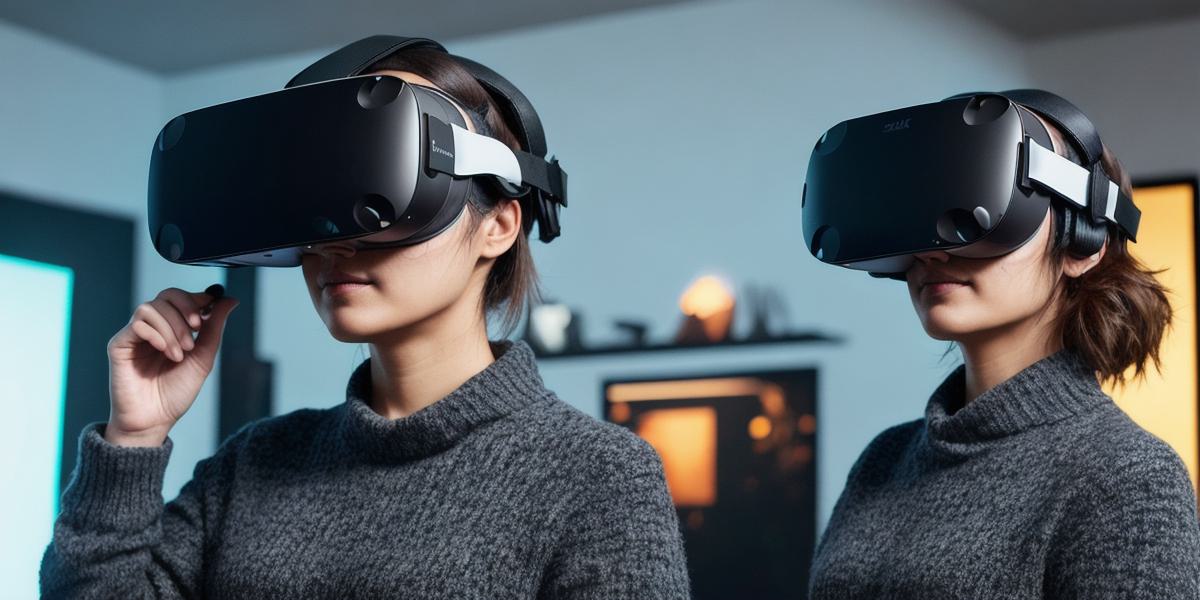Virtual reality (VR) technology has been around for a few years now, and it’s becoming increasingly popular as a way to experience immersive environments. But does VR really feel like real life? In this article, we’ll explore the science behind how our brains process virtual environments and whether they can truly be considered a substitute for reality.
The Science of Immersive Environments
When we enter a virtual environment, our brain processes it in much the same way as it would process a real-world environment. Our visual, auditory, and tactile senses all come together to create a sense of presence in the virtual world.
Studies have shown that our brains release neurotransmitters like dopamine and serotonin when we experience pleasure or joy in real life. Similarly, when we experience pleasure or joy in a virtual environment, our brain releases the same neurotransmitters. This suggests that virtual environments can be just as pleasurable as real-world environments.
However, the brain’s ability to process virtual environments is still limited by our senses and perception capabilities. Our brains can only process so much information at once, and virtual environments often contain more stimuli than real-world environments. This can lead to feelings of disorientation or overwhelm in some cases.
Real-Life Examples
One example of how VR can feel like real life is in the field of therapy. Therapists have been using VR technology to treat conditions like PTSD, anxiety, and depression for years. By simulating traumatic experiences in a controlled environment, therapists can help patients process their emotions and learn coping strategies in a safe and effective way.
In addition, many people use VR for gaming or entertainment purposes. Whether it’s flying through the skies in a virtual airplane or exploring a medieval castle, VR can provide an incredibly immersive and engaging experience that feels like reality.
The Limitations of VR
While VR technology has come a long way, there are still limitations to how it can be used. One limitation is that virtual environments can never truly replicate the complexity and unpredictability of real-world environments. No matter how advanced the technology becomes, virtual environments will always have some level of artificiality to them.
Another limitation is that VR experiences can be isolating. While virtual environments can provide a sense of presence and immersion, they don’t offer the same social interaction and support as real-world environments. This can make it difficult for people to feel connected or supported when using VR technology.
The Future of VR
Despite the limitations, there is no doubt that VR technology will continue to evolve and improve in the coming years. As our understanding of how our brains process virtual environments grows, we can expect to see even more immersive and engaging experiences.
Ultimately, whether or not VR feels like real life will depend on individual experiences and perspectives. Some people may find that VR provides a substitute for real-world experiences, while others may view it as a complementary tool for exploration and learning.
FAQs
- Does VR feel like real life? It depends on the individual’s experience and perspective.
- How does our brain process virtual environments? Our visual, auditory, and tactile senses all come together to create a sense of presence in the virtual world.
- What are some limitations of VR technology? Virtual environments can never truly replicate the complexity and unpredictability of real-world environments, and VR experiences can be isolating.
